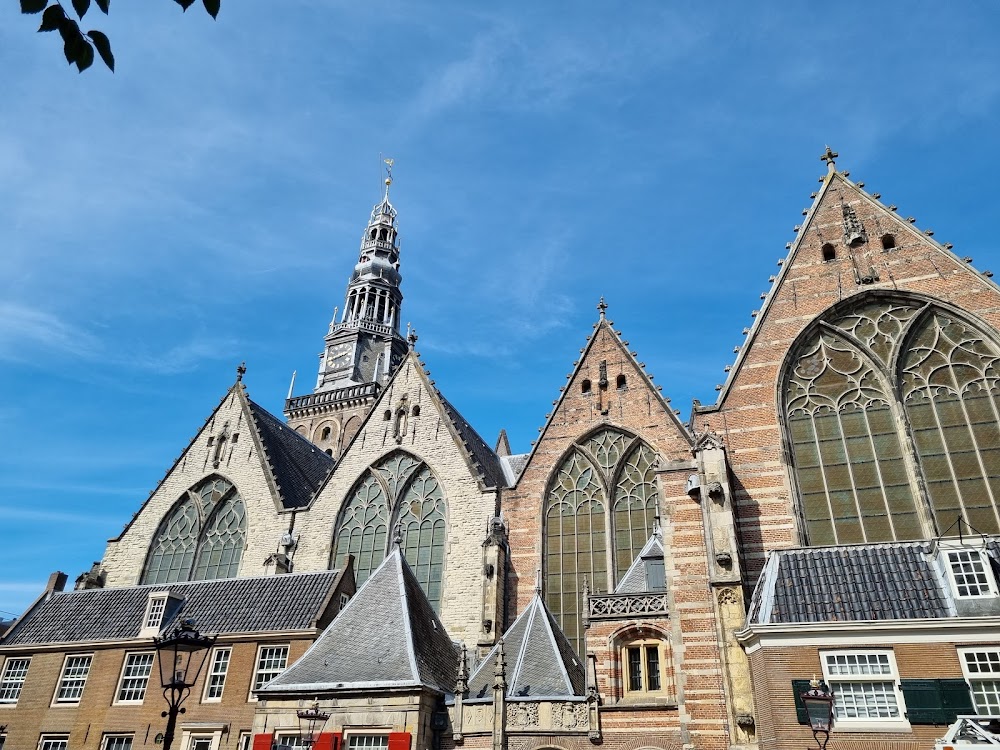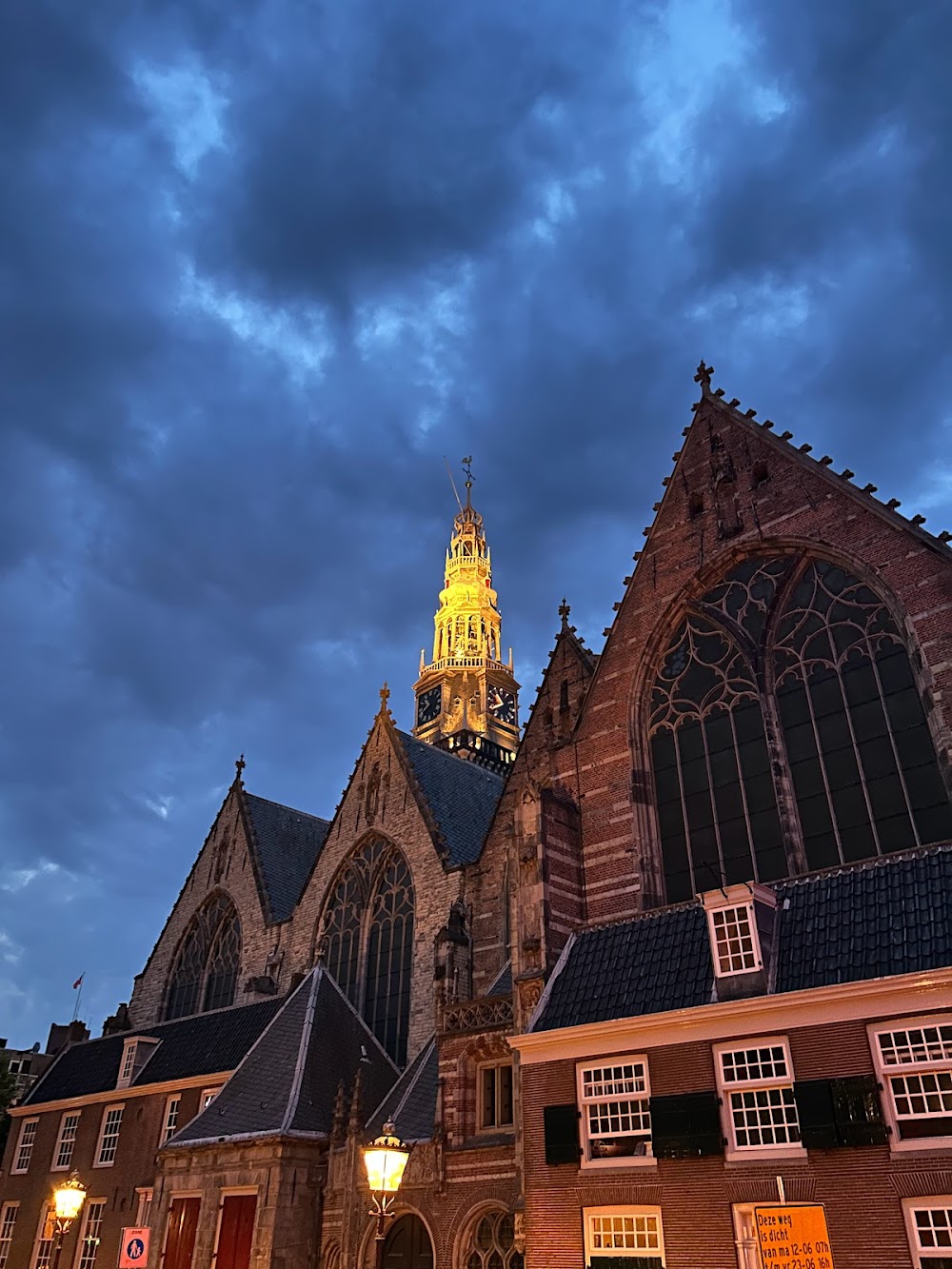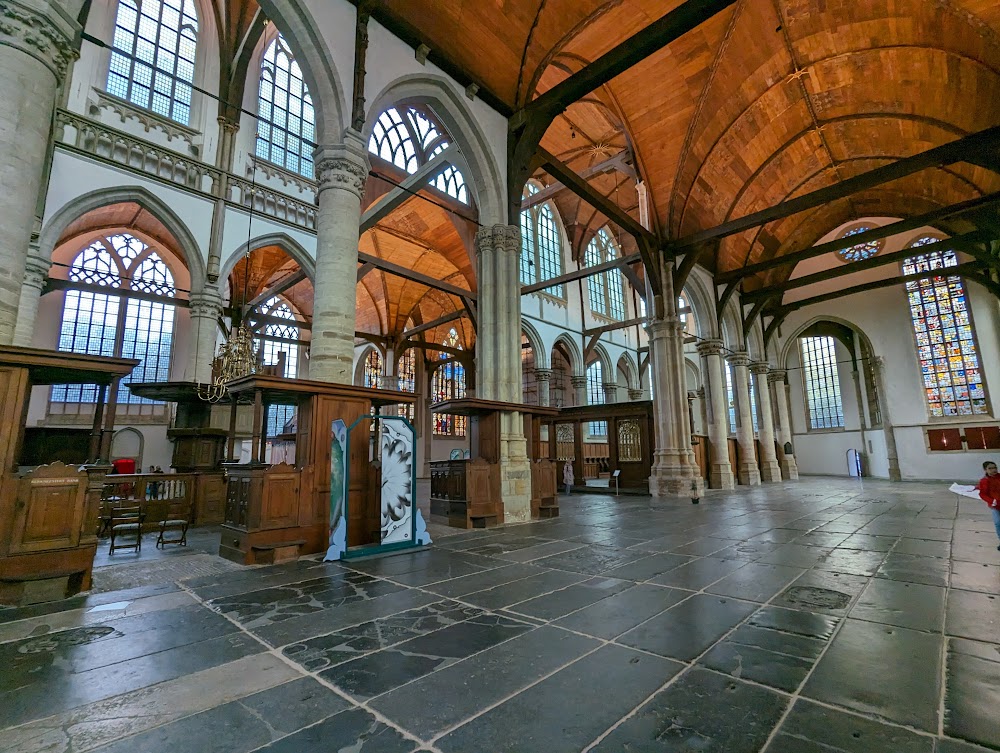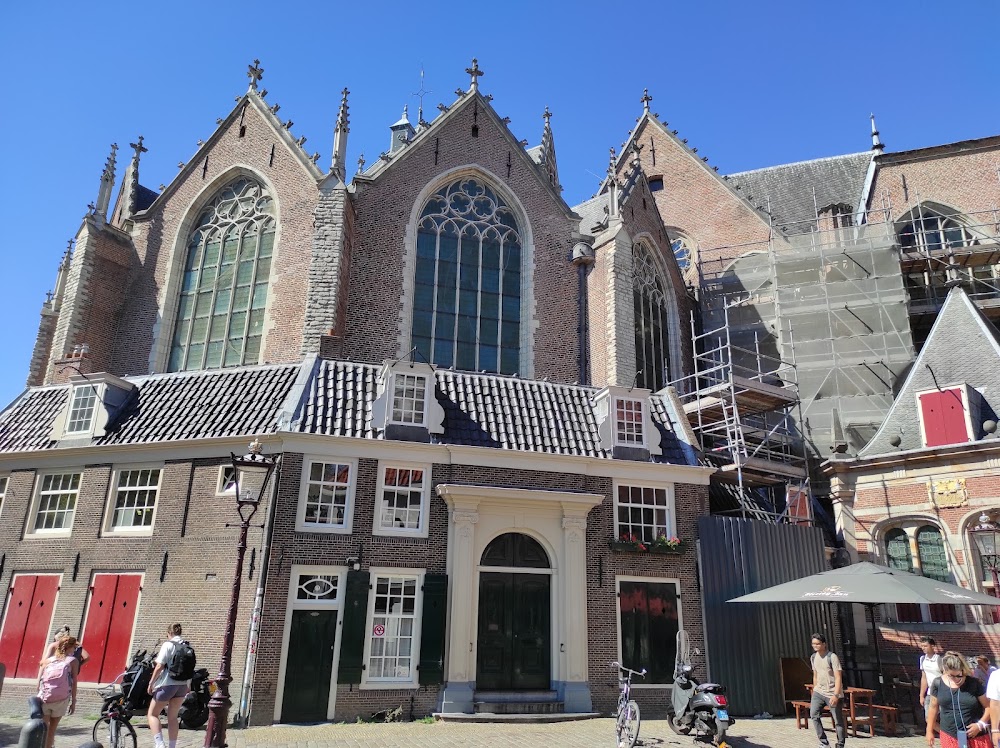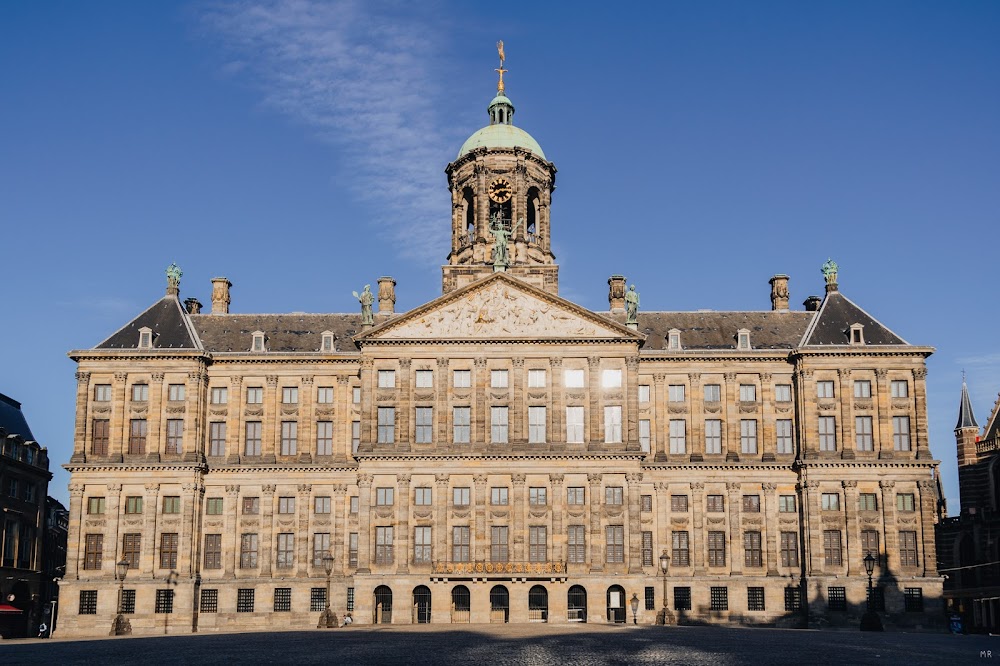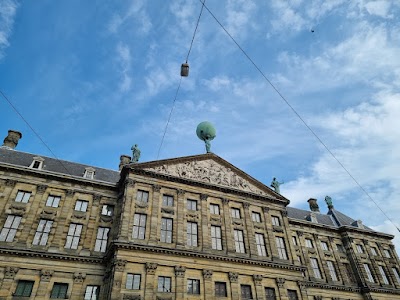Oude Kerk (Oude Kerk)
Overview
In the heart of Amsterdam, Netherlands, stands the **Oude Kerk**, the city's oldest building and its first parish church, consecrated in **1306**. The name "Oude Kerk" translates to "Old Church," and for centuries, it has been a focal point for the residents of Amsterdam. With a rich tapestry of history, the church showcases various additions, renovations, and restorations that reflect different architectural styles and historical periods.
The construction of the Oude Kerk began in the early **13th century**, when Amsterdam was still a small fishing village. Initially a wooden chapel dedicated to **Saint Nicolas**, the patron saint of sailors, the need for a larger and more substantial church grew as the city gained prominence. By **1306**, this wooden chapel was replaced with a brick structure, consecrated by the Bishop of Utrecht. Its design, influenced by the early **Gothic style**, features high arches and large windows, allowing light to flow into the sacred space. This period also saw the introduction of a wooden roof, which was later transformed into the stunning barrel-vaulted wooden ceiling that we admire today.
In the **15th century**, the church underwent significant expansions that shaped much of its current form. The nave was extended, and side chapels were added, transforming the structure into a basilica. The incorporation of Gothic elements, such as pointed arches and intricate stained glass windows, highlighted the architectural advancements of the era and accommodated the growing congregation. One of the most striking features of the Oude Kerk is its floor, entirely paved with gravestones, where wealthy citizens, clergy, and notable figures were buried. Among the approximately **2,500 graves** beneath the church lies that of **Saskia van Uylenburgh**, the wife of the renowned painter **Rembrandt van Rijn**.
A defining moment in the history of the Oude Kerk occurred during the **Reformation** in the **16th century**. Initially Roman Catholic, the church was taken over by Protestant reformers in **1578** during the Alteration, a peaceful revolution that led to Protestant control of Amsterdam. The interior was stripped of Catholic iconography, statues, and altars, resulting in a more austere design that aligned with Protestant values. Despite these changes, the church remained a central hub of community life.
In the **17th century**, known as the **Dutch Golden Age**, the Oude Kerk became a gathering point for civic and social events. Its tower, completed in **1565**, served both as a lookout for fires and a venue for city announcements. The distinctive **43-bell carillon**, added later, enhanced the church’s role in the daily rhythms of Amsterdam life.
The **19th and 20th centuries** brought periods of restoration aimed at preserving the Oude Kerk. As the oldest building in Amsterdam, it required careful maintenance and upgrades to safeguard its historical integrity. Restoration efforts focused on maintaining original features, repairing structural damages, and adapting the church for contemporary uses while respecting its historical significance.
Today, the Oude Kerk serves a dual purpose. It remains an active place of worship for the Protestant community and functions as a vibrant **cultural center**, hosting art exhibitions, concerts, and events that attract visitors from around the world. Its timeless beauty, encompassing over **700 years** of history, makes it a captivating destination for both locals and tourists alike.
In recent years, modern restorations have balanced preserving the ancient structure with integrating new artistic elements. The church's management emphasizes sustainability and innovation, ensuring that the Oude Kerk remains a relevant and inspiring landmark for future generations.
Ultimately, the Oude Kerk is more than just an architectural marvel; it is a testament to the endurance and evolution of Amsterdam itself. Through times of change and continuity, it has stood as a witness to the city's rich past and a guardian of its cultural heritage. Each brick, window, and gravestone tells a story, making the Oude Kerk a living museum at the heart of one of Europe’s most vibrant cities.


